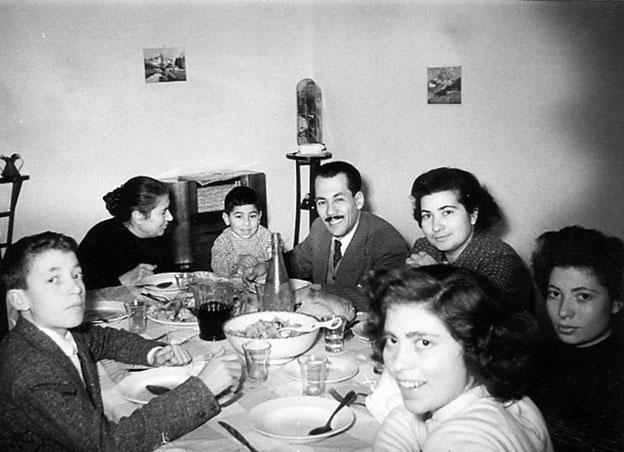The most important room in any Italian house is undoubtedly la cucina: the kitchen is the family hub and central to daily life, therefore, the most important piece of furniture has to be the kitchen table, the heartbeat of the family.
Most Italian homes will have a dining table, probably an elegant inlaid one that is kept for special occasions, but it’s the kitchen table where the family eat on a daily basis and where disputes are settled. Scientists have proven that children who eat at a table with their family will form good eating habits and are less likely to develop eating disorders and in general are healthier than children who eat while being distracted by the television or computer.
The humble table must be substantial, food is prepared upon it, bread is kneaded and pasta is rolled out. It needs to be big enough to accommodate not only the immediate family but also allow room for the unexpected dinner guest that drops by at the last minute.
My Italian neighbour, Giuseppina, has a huge knotty-pine table in her tiny kitchen, which she tells is older than she is; being a gentleman, I’d never ask her age, but she says the table was given to her mother as a wedding present back in 1929. She tells me her mother taught her to make pasta at the table and it was to be rolled out until the knots can be seen through it before it can be cut into shape. Giuseppina confirms the importance of the kitchen table by telling me it was while sat at this table in 1940 she was told of her father’s death during the Second World War, and where in 1948 her husband proposed to her.
If you want to give your kitchen an Italian feel, you don’t have to import an expensive oak table from Tuscany, any good quality wooden one will do the job. The only criteria to keep in mind is that it must be rectangular; circular tables tend to take up more space, accommodate fewer people and are the wrong shape for rolling out great square sheets of pasta.
For a traditional look, it’s not important that chairs match; remember this is for practical use, not formal dining, and for a real Italian feel a bench that seats three or more people gives a truly rustic look. My only tip when choosing a table is to make sure it has a flat surface; no one wants to be cleaning bread dough out of the grooves between planked tables.
And finally Giuseppina tells me that a kitchen table should be part of the family because it’s where you will work, laugh and sometimes cry.








